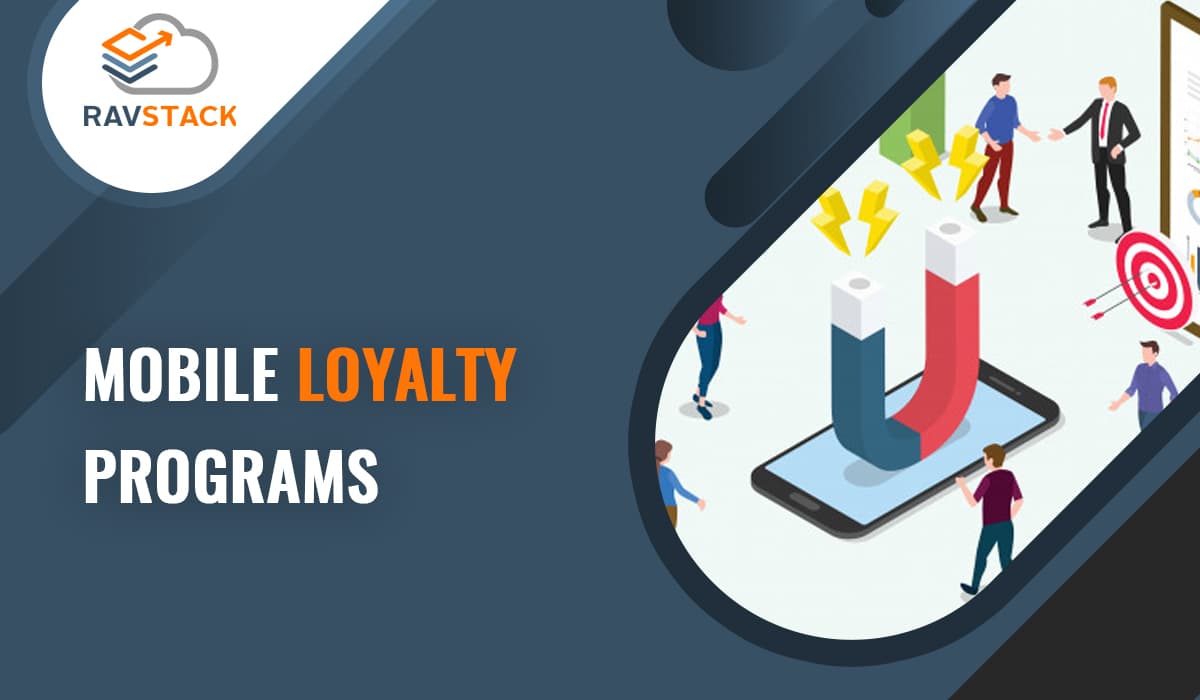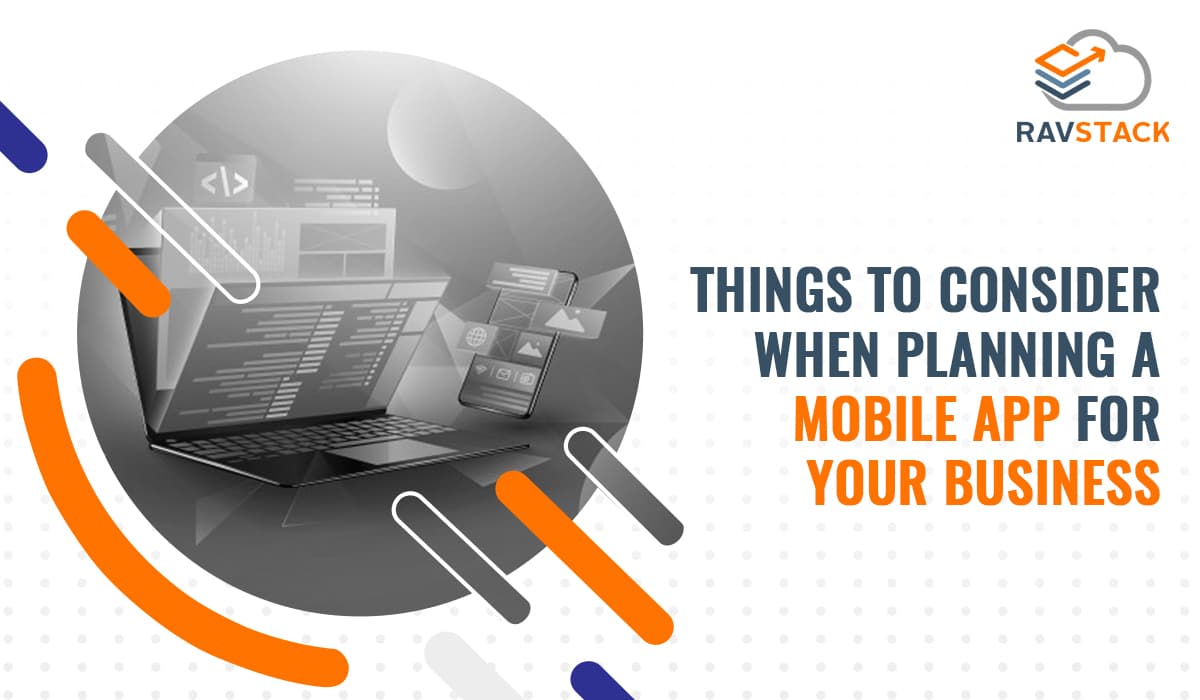Out of 2.8 million apps on Google Play Store and 2.2 million on the Apple App store, how will your app stand out and become a quintessential platform? Having a mobile app for your business has become crucial when internet penetration has increased globally, and people spend more time using apps than websites.
Companies must have a mobile app for improving operational effectiveness. But do you know the reason why most apps fail to create a market? Because they are developed either just for fun or for the sake of the business, that doesn’t solve any real-life problem!
To face this competitive edge, one should invest some time to piece the building blocks together to make the development process fundamentally easier. In this article, we will deliberate over those particular points while planning an app for your business. This little effort can be incredibly worth it!
Common mistakes while developing mobile apps
The mobile market app is expected to grow at $497.07 billion during 2020-2024. That’s incredibly huge and luring as well! So, it is easy to get caught up in the hype. The first and foremost mistake is developing an app that doesn’t solve any problem.
The second foolish mistake is that owners want developers to make an umbrella app that will answer all of the issues emerging in this universe! You need to come out of that fantasy world and start looking to solve any specific problem.
The third common mistake is that developers design the app just for one platform (generally Google Play Store) and just forget about making one for the Apple app store! The world has iOS users and that too in millions! So, let’s make a checklist that you must make before you start making an app!
Things to consider when planning a mobile app
Things on paper sometimes don’t turn out to yield the expected results. Make this task fluent by asking yourself some questions:
- Which problem am I going to solve? Will it help a large number of people?
- How can I make their lives easier through my app?
- How will my app engage the users?
- What will be my app’s core features?
After you are done answering these questions, you are all set to start working on your app!
Do you know about the needs, likes, dislikes of your audience? Before diving deep into other details, you must know about customer goals, needs, preferences, and trends that may influence them. Generally, users don’t keep so many apps on their devices. So, your app should be a life-changing one that can encourage everyone to download it!
To win at this, you can even start with an MVP. An MVP is the simplest version of your product that solves one problem. You can gather that valuable feedback and identify the user’s needs and then incorporate other options in the app!
There are a total of 7 categories of apps that have created a boom in the market. These are as follows:
Carrying the tag of the most popular category, it covers 24% of all the apps.
Known as productivity apps, these apps are used for buying, selling, tracking work progress, sending bulk emails, and monitoring them. These are generally used for B2B and B2C businesses.
With the increasing trend of self-education, educational apps are becoming quite popular.
Watching movies and videos online, social media apps, etc. are put under this category.
Apps include fitness apps, workout, weight loss, and even shopping apps fall under this category.
Booking a cab, hiring a repair service, undertaking healthcare performance under this category.
These apps are designed to make traveling easier.
Different types of mobile applications
Those apps explicitly designed for a single operating system such as iOS or Android. Such apps are quite high-performing and deliver a rich user experience to native device users. Through an infinite number of APIs available on the web, it makes these apps much more refreshing!
It is the process of developing mobile apps that can be deployed on multiple platforms using a single codebase instead of developing the app several times for each platform. Some of the main features are reusable code, cost-efficiency, convenience, and better market reach. Major technologies include React Native, Flutter, Xamarin, and Cordova.
If multi-platform technologies are utilized to develop an app, it’s called a hybrid app. Generally, CSS, JavaScript, and HTML5 are used together to make such apps. There are website applications concealed in a native package. They can perform on more than one platform.
Now, you know the different categories and types of apps, you must figure out the same for your app too! The only important thing to deliberate would be: How do I make my app better than all? Which unique feature can I add that still lacks in the market?
Establish goals for the app
Do you want to generate revenue from the app? What’s the marketing strategy to popularize it? Along with the development of the app, you must decide the goals for the app too! The number of developers, designers, etc. you would need to expand your business and look after testing the app, also comes under goals.
Goals should be defined based on your priorities and according to the present trends in the market.
Determine your mobile app business
After you have developed a useful app concept that solves any specific problem of the users, it will surely motivate them to download the app. It is a fact to enter the market and give a tough fight to the best players; you have to cut down on some features or even provide them for free!
It also depends on your app category. B2B apps help you manage sales, improve employee efficiency, access data, and information, and improve employee satisfaction.
On the other hand, B2C apps will help you penetrate a new market, personalize user experience, help you communicate with your audience, etc. This means that your apps must be available for the users, at any time, any place.
Creating a brand value for your app will help you capture the market.
Create an app flowchart
Strategies are not defined with words but with visualizations today! Visualizations provide a much clear and detailed insight into the plans and information of a project. Through a flowchart, you can make the targets, details of the projects, concise and readable.
The diagram must include the app’s concept, features, budget for the project, deadlines, timeline of the project, and all the team members and stakeholders with their roles defined. This will increase efficiency and help your team meet the deadlines without any confusion.
Create app wireframes
A wireframe is a sketch of the app or website that we plan to develop. These are created in back and white, with simple placeholders, boxes, and lines.
These are used to show the core functions of the app. While making the wireframe, involve business experts, external developers, and designers, who will collectively give better insight and suggestions for the app.
Some of the popular tools used by RavStack are –
- Balsamiq Mockups
- Penultimate
- Axure
- Pidoco
- Fireworks
Plans to promote your mobile app
After you are done with the app development, it’s time to do the marketing and advertise on every platform present on this planet. However, the best idea is to create a feeling of excitement among the audience by lining up some events like app launch, any discussion forum, some online interviews, launch videos, etc.
The branding strategy includes the app’s name, logo, color scheme, and communication tone. Try to publicize on every social media platform, and you will get the best results.
Conclusion
Planning an app is not so complicated, but not so easy as well! Just beating about the bush will not reap results. Having a targeted approach towards different aspects like market research, branding, development, etc., will help you deliver the project and meet the clients’ aspirations.
Our team at RavStack has always completed our projects after having detailed deliberation with our clients and then have the best coordination among the team members throughout! The designing team makes the flowchart with all the timelines, and the whole team follows it!
This makes us unique from others who just start working without planning. Our marketing strategies work the best as we mold it according to the needs and demands of the customer.
Get in touch with our expert developers & consultants
We'll get back to you within 24 hours
Talk to our expert

 September 16, 2020
September 16, 2020
 11 mins read
11 mins read
 +1 415 800 4089
+1 415 800 4089 info@ravtsack.com
info@ravtsack.com






 August 19, 2020
August 19, 2020 9 mins read
9 mins read



)




